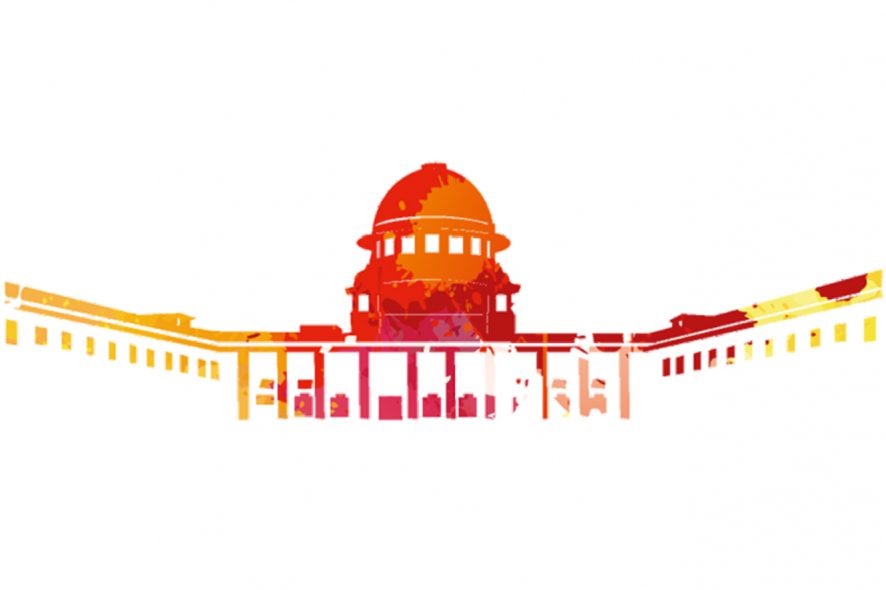Supreme Court: Holding the Reserve Bank of India [RBI] Circular issued on 12.02.2018 ultra vires Section 35AA of the Banking Regulation Act, 1949, the bench of RF Nariman and Vineet Saran, JJ directed,
“all actions taken under the said circular, including actions by which the Insolvency Code has been triggered must fall along with the said circular.”
Salient features of the RBI Circular
- restructuring in respect of borrower entities de hors the Insolvency and Bankruptcy Code, 2016 can only occur if the resolution plan that involves restructuring is agreed to by all lenders, i.e., 100 per cent concurrence.
- With respect to debts with an aggregate exposure of INR 2000 crore and over on or after 01.03.2018, if default persists for 180 days from 01.03.2018, or if the date of first default is after 01.03.2018, then 180 days calculated with effect from that date, lenders shall file applications singly or jointly under the Insolvency Code within 15 days from the expiry of the aforesaid 180 days.
“In short, unless a restructuring process in respect of debts with an aggregate exposure of over INR 2000 crore is fully implemented on or before 195 days from the reference date or date of first default, the lenders will have to file applications as financial creditors under the Insolvency Code.”
Power to issue the RBI Circular
The Court noticed that the sources of power for issuance of the aforesaid circular have been stated to be Section 35A of the Banking Regulation Act read with the Central Government’s circular dated 05.05.2017, Sections 35AA and 35AB of the said Act, and Section 45L of the Reserve Bank of India Act, 1934.
Section 35A of the Banking Regulation Act
“When resolution through the Code is to be effected, the specific power granted by Section 35AA can alone be availed by the RBI. When resolution de hors the Code is to be effected, the general powers under Sections 35A and 35AB are to be used. Any other interpretation would make Section 35AA otiose.”
Explaining that ‘default’ would mean non- payment of a debt when it has become due and payable and is not paid by the corporate debtor, the Court said that what is important to note is that it is a particular default of a particular debtor that is the subject matter of Section 35AA.
“It must also be observed that the expression “issue directions to banking companies generally or to any banking company in particular” occurring in Section 35A is conspicuous by its absence in Section 35AA. This is another good reason as to why Section 35AA refers only to specific cases of default and not to the issuance of directions to banking companies generally, as has been done by the impugned circular.”
Section 45L of RBI Act
The Court noticed that the impugned RBI circular nowhere said that the RBI has had due regard to the conditions in which and the objects for which such institutions have been established, their statutory responsibilities, and the effect the business of such financial institutions is likely to have on trends in the money and capital markets.
“There is nothing to show that the provisions of Section 45L(3) have been satisfied in issuing the impugned circular.”
Severing Non-Banking institutions from Banking Institutions
The impugned RBI circular applied to banking and non-banking institutions alike, as banking and non-banking institutions are often in a joint lenders’ forum which jointly lend sums of money to debtors. Such non-banking financial institutions are, therefore, inseparable from banking institutions insofar as the application of the impugned circular is concerned.
“It is very difficult to segregate the non-banking financial institutions from banks so as to make the circular applicable to them even if it is ultra vires insofar as banks are concerned.”
Ruling
“the impugned circular will have to be declared as ultra vires as a whole, and be declared to be of no effect in law.”
[Dharani Sugars and Chemicals Ltd. v. Union of India, 2019 SCC OnLine SC 460, decided on 02.04.2019]







